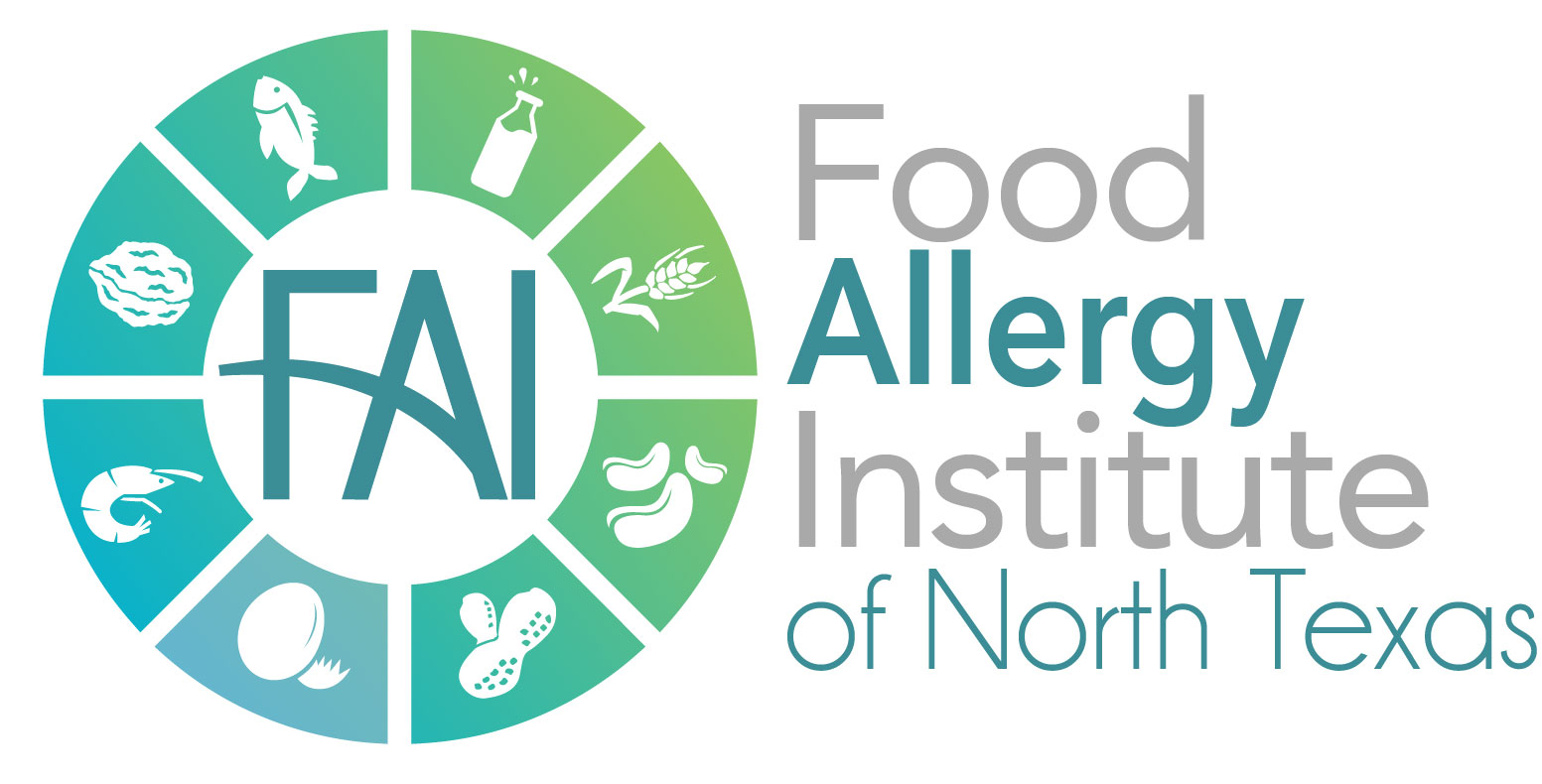18 Jul What Does May Contain Really Mean?
Since 2006, federal law requires labels of most packaged foods that are marketed in the United States to declare when they are made with a ‘major food allergen’.
This means, that if any of the top 8 food allergens: milk, egg, fish, shellfish, tree nut, peanut, wheat, or soybean, is present, it is declared on a label.
This law allows manufacturers a choice in how they identify the specific ‘food source name’. Examples may include: ‘milk’, ‘cod’, ‘shrimp’, or ‘walnuts’.
The offending allergen may be highlighted in one of the following ways:
- Within the ingredient list, such as casein (milk) or nonfat dry milk.
- OR
- Within a separate ‘contains’ statement placed immediately after or next to the ingredients list.
But what about ‘may contain’ statements? Do they actually contain the allergen or is it just the case of protection against legislation?
While at times this may be the case, you can’t always assume so.
In a 2013 study published in the journal Food and Chemical Toxicology, author Steve Taylor suggests that all consumers should avoid products with advisory labels if they wish to minimize risk.
The intention of the research was to detect how much peanut (if any) was in various products that had advisory labeling for peanut. Overall, 16 out of the 186 products (just under 9%) that were analyzed contained detectable levels of peanut, which is similar to previous findings.
There was great variation in the level of peanut present, ranging from 2.5 parts per million (the lowest amount the technology used could detect) up to 510 ppm. The 510 ppm was the equivalent of 20.6 milligrams of peanut-which could trigger a reaction.
The type of food appeared to influence the likelihood of peanut being present. The allergen was detected in advisory-labeled nutrition bars, candy, baking ingredients, cereals, snack foods and baked goods, but not frozen desserts or instant meals.
The authors say that advisory labels can lead to risk-taking behaviors in consumers. Many consumers falsely believe that a ‘may contains’ statement or a ‘made in a facility’ claim have negligible amounts of their allergen. The risk is also great if you continue to consume a potentially hazardous food with the false hope that it has not caused a reaction in the past. Even products with the same lot number can have differing amounts of allergens present.
The Food and Drug Administration supports this recommendation by suggesting that: “the wording on the warning label does not give an indication as to the risk of the allergen being present. Allergists generally advise avoiding foods with advisory labels containing your allergen.”
The FDA goes on to say that advisory labels “should not be used as a substitute for adhering to current good manufacturing practices and must be truthful and not misleading.”


